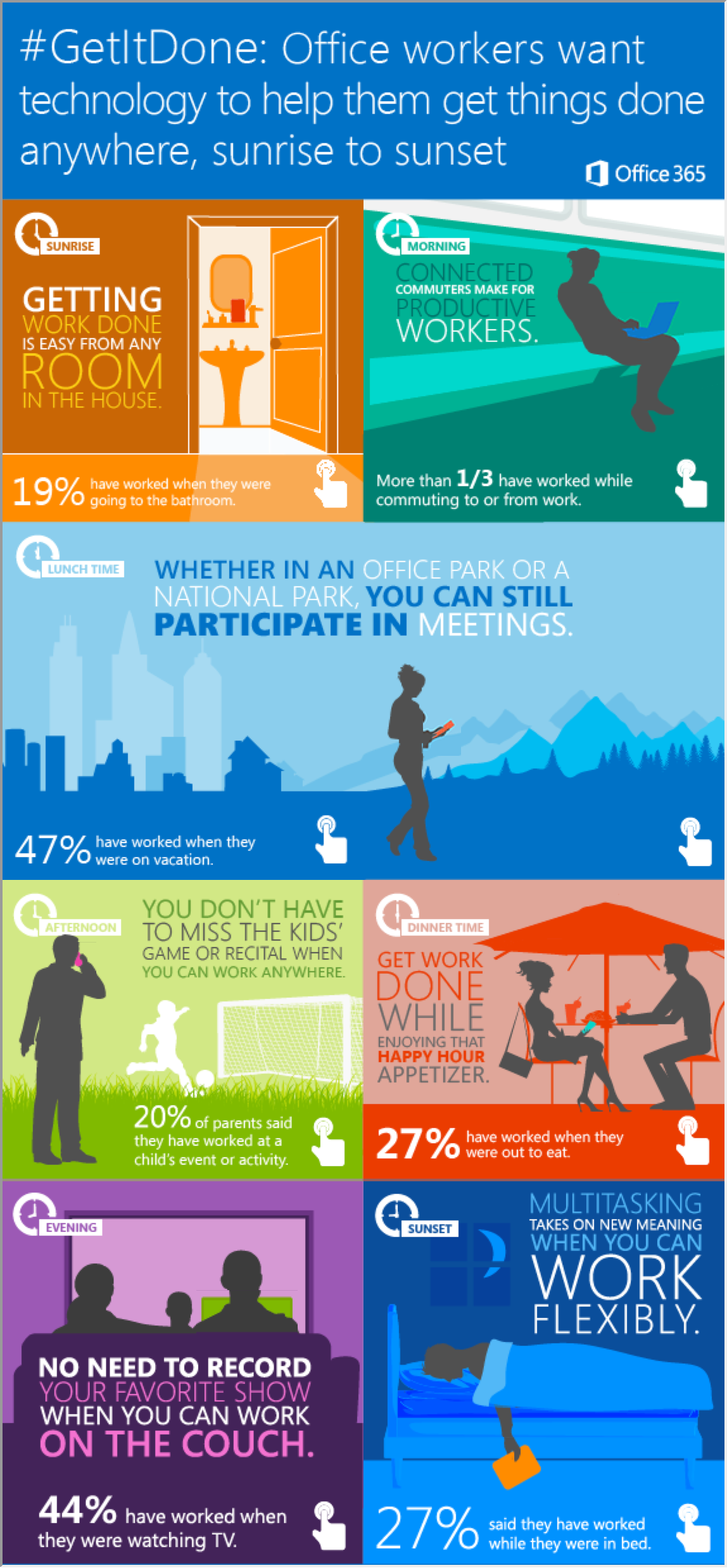Working Conditions
Three days in the office, two days at home is the ideal combo in my mind, and every time I write about remote work I come across more evidence that lots of people want something roughly similar, but so much of the talk is about all-or-nothing scenarios that most people will hate https://t.co/eRmii4NJ5Z
— Amanda Mull (@amandamull) April 1, 2021
I’ve always been an office employee, and over time I’ve seen almost every combination of working schedules. My ranked list:
- 2 days in office, 3 days at home.
- 3 days in office, 2 days at home.
- 5 days at home.
- 4 days in office, 1 day at home.
- 4 days, 10 hours, all in office.
- 5 days, 8 hours, all in office.
This order has a few caveats: I have almost always had a “long” commute (it’s likely average by American standards but it’s long to me). 1-3 are pretty arbitrarily arranged and mostly based on the jobs I had those schedules at and how often other people were in the office. If 4x10 became 4x8 it would probably immediately jump to the #1 spot — there’s no substitute for an entire day back to yourself, but 10 hours of knowledge work is too much to expect from a brain on any given day.
I’ve been running a personal experiment on this lately.
— madalyn (@madalynrose) April 8, 2021
I bought a chess timer and start it when I sit down at my desk in the morning. I toggle timers for breaks (scheduled or necessary). I stop counting time when I’m too fried to go on for the day.
~5 hr work ~1 hr not on avg pic.twitter.com/ir5vmnObzD
4x8 versus 4x10 and the pandemic schedules which tended to drift into “never in the office but always available” brings up a lot of other questions about availability of time versus actionable time. There were dedicated marketing campaigns for 24/7 office work pre-pandemic, and I don’t think anything has gotten better in that regard.

One of the most important lessons I learned in my working career was from my first job. I was a contractor but I worked with a bunch of IAM machinists, and at shift change, down to the exact minute, they’d be pushing the doors open and running for their cars. Granted, they couldn’t take their work home — some of them worked with tools the size of small house, but that mentality of “the work day is done” has stuck with me.